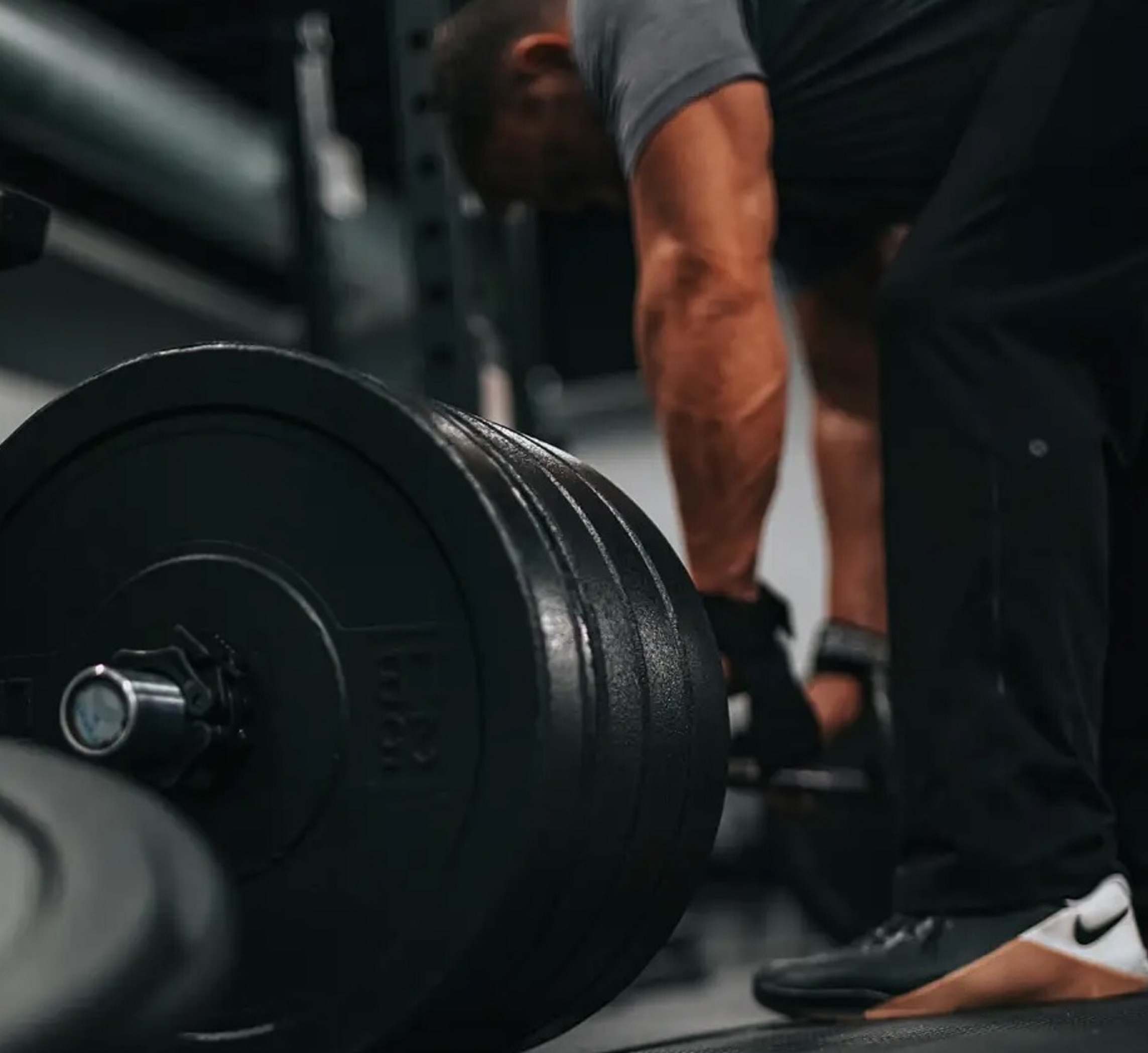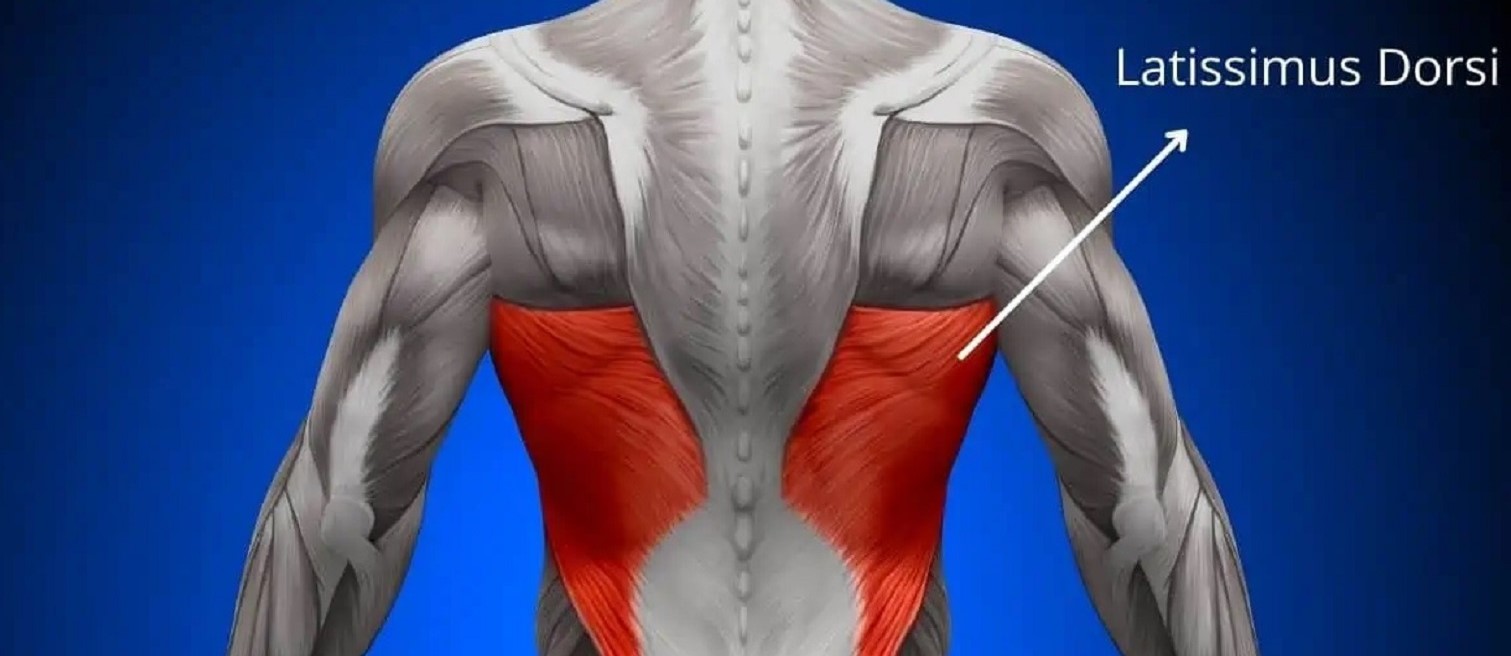The bodybuilding journey necessitates unwavering dedication, high-intensity effort, and, at times, a strategic approach to “cheating.” Before brushing aside this concept as reckless or unconventional, let’s explore the intricacies of purposeful manipulation during exercises—a method that has the power to enhance your performance and optimize your routine for muscle hypertrophy.
The Art of Controlled Cheating
- In the pursuit of building impressive muscle mass and achieving notable strength gains, understanding how to maximize the impact of your exercises is paramount.
- Today, we delve into the realm of purposeful manipulation, with a specific focus on a technique designed to elevate your workouts to unprecedented heights.
- While Arnold’s cheek curls and other classic techniques are well-known, there’s an entire realm waiting to be explored. Among the favorites is the art of changing the tempo during an exercise—a method that proves both safe and effective.
- By altering the pace, you not only squeeze out additional reps but also extend the time under tension, pushing your muscles beyond their usual limits and fostering gains even in the face of fatigue.
Let’s explore this technique with a spotlight on bicep training.
Arnold’s Cheek Curls
- Before we delve into tempo manipulation, it’s worth acknowledging the classic technique Arnold famously used: cheek curls.
- When facing failure, incorporating the hips allows for the forceful completion of additional reps. However, we’re about to explore a more nuanced approach that doesn’t involve awkward movements.
Changing the Tempo
- Tempo manipulation is a versatile strategy applicable to various exercises, but for this discussion, let’s zone in on bicep training.

- By altering the speed of your reps, you can increase the challenge on your muscles and extend the time they spend under tension. This, in turn, sparks additional muscle fiber recruitment, fostering enhanced growth.
Safe and Effective Rep Forcing
- Unlike some risky techniques, changing the tempo is a safe way to push your limits. It allows you to force out more reps than your regular set count while maintaining control over your form.
- This controlled approach minimizes the risk of injury and ensures a targeted workout for maximum gains.
Application to Bicep Training
- Applying tempo manipulation to bicep exercises involves starting with a weight you can handle for a designated number of reps. Focus on the usual form and contraction.

- When you approach failure, instead of resorting to unconventional movements, simply slow down the tempo. This deliberate deceleration adds an extra layer of difficulty, making your muscles work harder even when fatigued.
Mindful Bicep Training
Precise Weight Selection
- Begin by selecting a weight that allows you to perform a set of 8 to 12 reps with strict form. This weight should challenge you, but not compromise your ability to maintain proper technique.
- Lock in your form from the outset. Tuck those elbows in, ensuring that the biceps are the primary movers.
- The focus here is on achieving a full and controlled range of motion, maximizing the engagement of the targeted muscle group.
Mind-Muscle Connection
- Concentrate on the contraction of the biceps throughout each repetition. This mind-muscle connection enhances the effectiveness of each movement, ensuring that the biceps are doing the lion’s share of the work.
Failure and the Pump
- As you push through the set, the controlled form intensifies the pump in your biceps. When you reach failure, the accumulated blood flow creates an incredible pump, signifying optimal muscle engagement and stimulation.
Strategic Relaxation
- Here’s where the strategy takes a dynamic turn. Embrace the controlled chaos by intentionally loosening up your form. Allow the other muscles to contribute, and don’t be afraid if the contractions become less aesthetically pleasing.
- This intentional relaxation is a calculated move designed to extend the set and elicit additional stress on the biceps.
Throwing Weight Around
- With the strict form temporarily relaxed, you can now “throw some weight around.” This doesn’t imply reckless movements but rather controlled deviations that challenge your muscles in new ways.
- Even the ugliest contractions, when performed with intention, contribute to further muscle damage, a critical factor in stimulating growth.
Progressive Overload in Action:
- The intentional introduction of controlled chaos serves as a form of progressive overload. By subjecting your muscles to variations in form and intensity, you go beyond the standard set, demanding adaptation and growth.

- Embrace the chaos: The goal is not perfection in every rep, but rather strategic evolution that pushes your biceps to new limits.
Mechanical Drops
Leg Extension as the Venue:
- Enter the leg extension machine, the chosen venue for our strategic endeavor. Unlike most exercises where the mechanical disadvantage increases as the set progresses, the leg extension machine flips the script. Your strength peaks as you approach the lockout position.

Full Range of Motion Advantage
- Understanding that your strength is maximized at the top of the movement, capitalize on this by starting with a full range of motion. Execute each repetition with precision, targeting the quads throughout the entire range.
- As you approach failure, instead of allowing the set to fizzle out, initiate the strategic plan. Transition seamlessly into partial reps at the top of the movement. This adjustment prolongs the set, creating a unique and challenging dynamic for your quads.
- The essence of mechanical drops lies in exploiting the mechanical advantage at specific points in the movement.
- By doing so, you push your muscles beyond the usual limitations, fostering greater recruitment of muscle fibers and inducing a more profound growth stimulus.
One-Arm Rows
Perfecting Form for Optimal Contraction
- Traditional one-arm rows often emphasize maintaining strict form to achieve the best possible contraction.

- This involves pulling the dumbbell not straight up but in an arced motion, opening up the shoulder, and maximizing engagement with the lat muscles.
Benefiting from Controlled Cheating
- Now, here’s where controlled cheating comes into play. While it may seem counterintuitive, introducing heavier weights and intentionally jerking the dumbbell around during the eccentric phase can yield significant benefits.
- As you stabilize the weight and square your shoulders with the floor, the last experiences a more profound stretch than what would be achieved with a lighter weight.
Enhanced Lat Recruitment
- The strategic introduction of heavier weights during the eccentric phase not only challenges the muscles but also encourages enhanced recruitment of muscle fibers in the lats.

Super Saiyan Eccentrics
Super Saiyan Activation
- The reference to going “Super Saiyan” implies a transformation, a heightened state of intensity and power. In this context, it involves taking lateral raises to an entirely new level by manipulating dumbbell weights during the set.
Dual Dumbbell Mastery
- Embrace the audacity of grabbing dumbbells from two separate pairs—a move that might draw a few incredulous glances from fellow gym-goers. This technique demands focus, precision, and the ability to seamlessly transition between weights.
- The strategy begins by starting with a lighter weight for your lateral raises. Execute a set with strict form, ensuring the targeted muscles (lateral delts) are doing the majority of the work. Once you approach failure, brace yourself for the Super Saiyan moment.
Mid-Set Weight Swap
- In a dynamic shift, transition to heavier dumbbells mid-set. The key is to yank the heavier weight up and down with controlled intensity.
- This sudden change challenges the lateral delts in a way that conventional sets cannot, amplifying the stimulus for muscle growth.

Focus on Stretching
- The heavier weight not only adds resistance but also emphasizes the eccentric phase of the lateral raise.
- This eccentric emphasis during the weight swap creates an intense stretch on the lateral delts, promoting greater flexibility and muscle elongation.
Opening Up the Lateral Delts
- The primary goal during the Super Saiyan lateral raise is to focus on stretching and opening up the lateral delts.
- The abrupt transition to a heavier weight accentuates this stretch, contributing to a more comprehensive development of the deltoid muscles.
Conclusion
- In the pursuit of muscle growth, the concept of strategic cheating emerges not as a deviation from the path but as a calculated detour toward unparalleled progress.
- When executed with mindfulness and purpose, these controlled deviations from strict form become a key to unlocking new dimensions of intensity, muscle engagement, and overall advancement.









